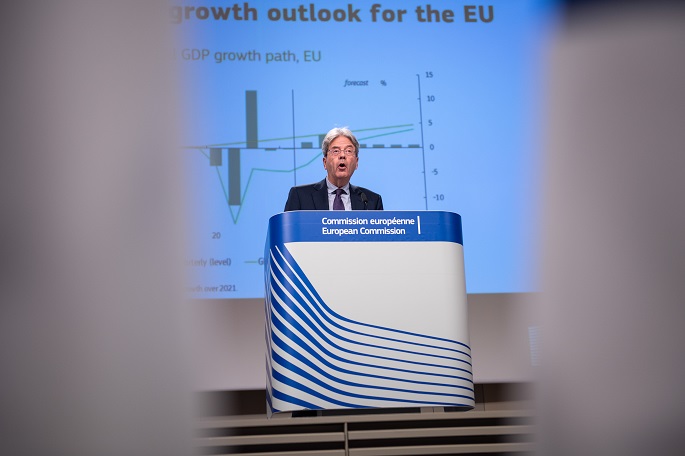EC forecasts Finland´s GDP growth by 3.4% in 2021
Published : 12 Nov 2021, 00:24
Updated : 12 Nov 2021, 09:53
The European Commission (EC) on Thursday forecast Gross Domestic Product (GDP) growth of 3.4 percent in Finland this year, which is 2.7 percent higher than the previous estimate.
Thanks to a strong GDP rebound in the second quarter of this year and a relatively mild economic contraction last year, economic activity has already reached the pre-crisis level in mid-2021, said the EC in its forecast.
Growth is expected to continue over the forecast horizon, driven by private consumption and investment, favourably impacting the labour market.
Public finances are also improving on the back of the ongoing recovery.
Finland’s economy grew strongly (2.2% quarter-on-quarter) in the second quarter of 2021, after a weak first quarter.
The vaccination rate is relatively high, providing another reassurance for economic activity. Following a contraction of 2.9% in 2020, annual GDP is forecast to grow by 3.4% in 2021.
While the economy has recovered overall, the worst-hit sectors still need time to recover fully, relying heavily on further normalisation in the external environment.
Domestic demand to drive solid growth ahead GDP is forecast to grow by 2.8% in 2022 when the growth momentum is expected to take full effect, with a normalisation of the services sector.
In 2023 the economic cycle is projected to normalise towards the long-term potential GDP growth rate (1.2 - 1.4%), with an estimated 2.0% growth.
Domestic demand is set to drive GDP growth in the medium term. Private consumption is forecast to dominate, as consumers readjust their consumption patterns and employment and wages grow.
In addition, the accumulated savings during the crisis and favourable financing conditions should further support private consumption.
On the other hand, public consumption, while strong during the peak of the crisis and also in 2021, is expected to stabilise and to subsequently gradually decline, as the need for the extra spending dissipates and economy grows.
Investment growth is forecast to gather pace on the back of strengthening business confidence, rekindled interest in the residential property, low interest rates and buoyant demand.


